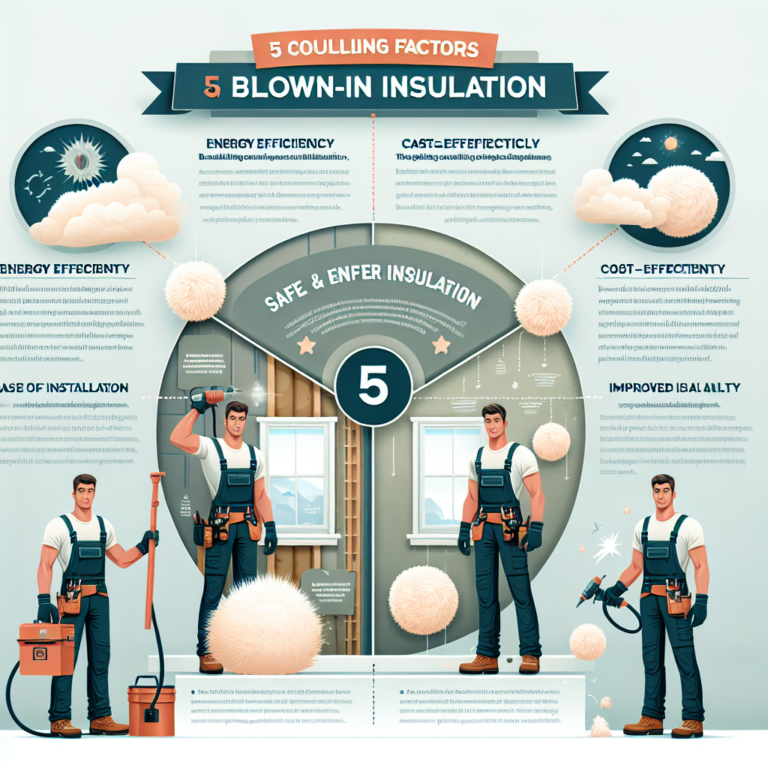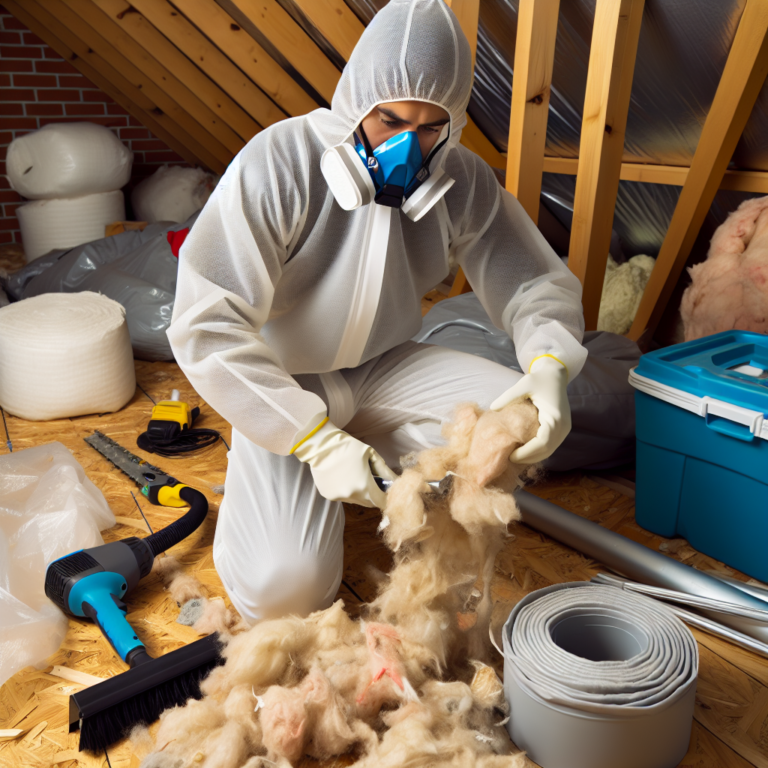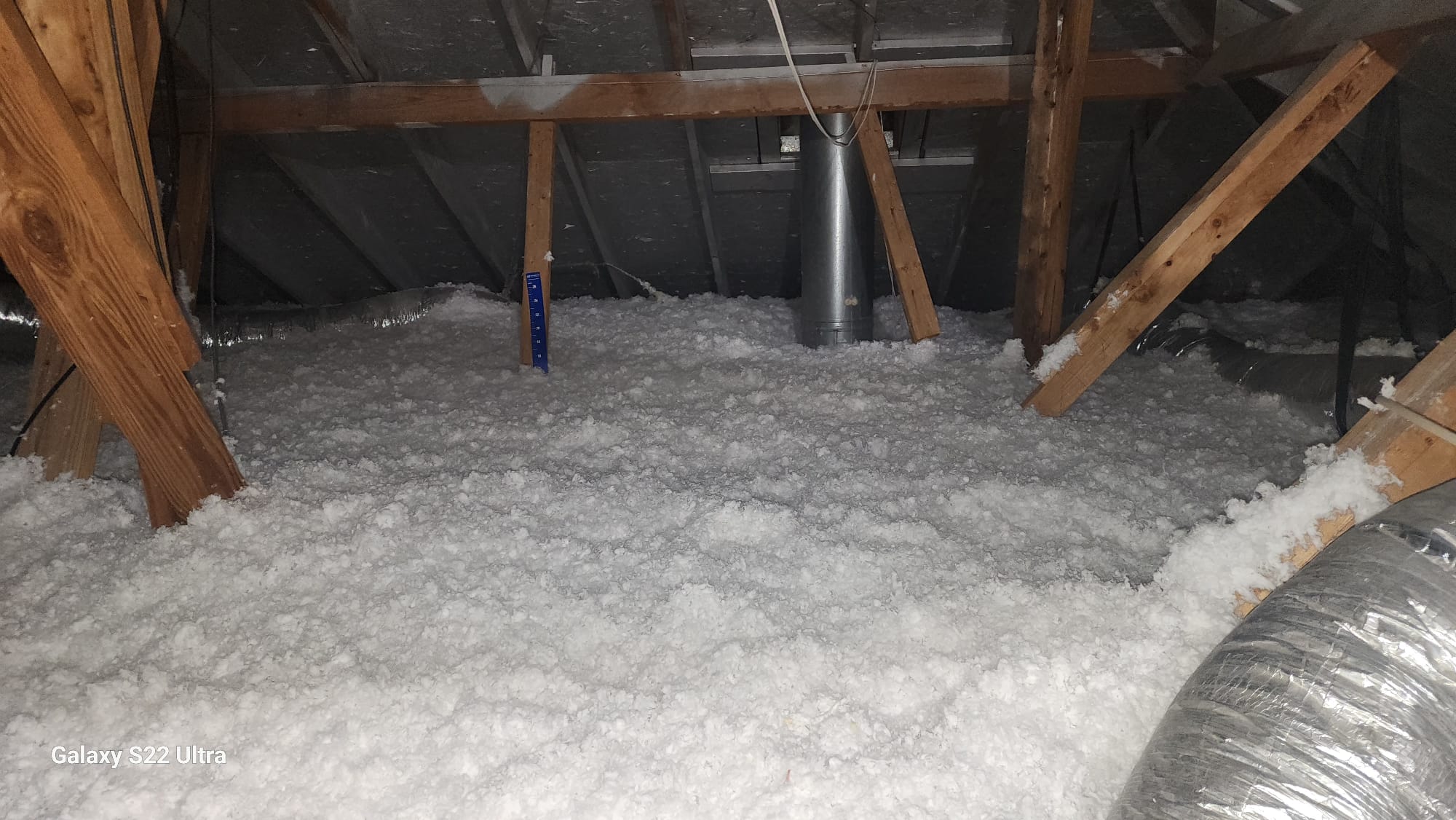Effortless Attic Insulation: The Blown-In Fiberglass Process in Houston
Introduction
Blown-in fiberglass insulation has revolutionized the way Houston homeowners protect their attics against extreme heat, seasonal storms, and soaring energy bills. This innovative insulation method uses tiny glass fibers, pneumatically blown into attic cavities, to form a seamless thermal barrier. In this article, we’ll explore the many advantages of blown-in fiberglass insulation, walk through the installation process, and explain why this solution has become the go-to choice for energy-smart Texans.
H2: Benefits of Blown-In Fiberglass Insulation in Houston
Energy Savings and Comfort
• Superior Thermal Performance: In Houston’s relentless summer heat and occasional winter chills, blown-in fiberglass insulation maintains a stable indoor temperature by minimizing heat transfer through the attic.
• Lower Utility Bills: By preventing conditioned air from escaping and blocking outdoor heat from seeping in, homeowners often see up to a 20% reduction in cooling and heating costs.
Sound Reduction
• Noise Dampening: The dense layer of glass fibers absorbs airborne sounds—traffic, lawn equipment, or neighborhood activity—helping create a quieter, more peaceful living environment.
Moisture and Mold Resistance
• Humidity Control: Unlike cellulose, fiberglass does not absorb moisture. Proper attic ventilation combined with blown-in fiberglass insulation helps prevent condensation and the mold growth that can compromise indoor air quality.
Eco-Friendly Choice
• Recycled Content: Many blown-in fiberglass products contain up to 40% recycled glass, reducing landfill waste and the demand for new raw materials.
• Longevity: With a lifespan exceeding 50 years and negligible settling, this insulation lasts decades without needing replacement, further cutting down on resource consumption.
H2: The Attic Installation Process for Blown-In Fiberglass Insulation in Houston
1. Pre-Installation Assessment
• Attic Inspection: A certified contractor examines existing insulation, roof ventilation, attic leaks, and structural obstacles.
• Air Sealing: Before insulation begins, gaps around plumbing vents, wiring penetrations, and attic hatches are sealed with caulk or spray foam to maximize performance.
2. Preparing the Equipment
• Blowing Machine Setup: A mobile insulation blower is parked outside, connected via a flexible hose that threads through an attic access point.
• Safety Measures: Protective eyewear, respirators, and proper lighting ensure a safe work environment.
3. Installing the Insulation
• Even Distribution: The technician moves the hose systematically across the attic floor, using a rake or spreader for consistent coverage.
• Target Thickness: Based on the recommended R-value for Houston (typically R-38 to R-60), the insulation is layered until the desired depth is reached.
4. Quality Assurance
• Final Inspection: The contractor scans the attic—sometimes using thermal imaging—to confirm uniform coverage and correct depth.
• Clean-Up: Any stray fibers are swept up, and equipment is removed, leaving the workspace tidy and ready for normal use.
H2: Why Blown-In Fiberglass Insulation Is a Popular Choice in Houston
Easy Access and Coverage
• Ideal for Irregular Spaces: The loose-fill nature allows fiberglass to fill corners, joist bays, and around plumbing vents where batt insulation may gap.
Cost-Effective Installation
• Reduced Labor Time: Blown-in applications are completed faster than custom-cut batts or rigid boards, lowering labor costs without compromising quality.
Health and Safety
• Non-Combustible Material: Fiberglass resists fire, adding a layer of passive fire protection to your attic.
• Allergen-Free: Once installed and sealed, it does not harbor pests or allergens, promoting healthier indoor air.
H3: Q&A
Q: How long does blown-in fiberglass insulation last?
A: With proper installation and attic ventilation, blown-in fiberglass can last 50 years or more without significant settling or degradation.
Q: Will blown-in fiberglass settle over time?
A: High-quality fiberglass products are engineered to resist settling. Even settling that does occur typically reduces R-value by less than 5%.
Q: Can I install blown-in fiberglass insulation myself?
A: While homeowners can rent blowing machines, professional installers ensure correct air sealing, depth, and safety measures for optimal performance.
Conclusion
Blown-in fiberglass insulation delivers an effortless, high-performance solution for Houston attics, combining energy efficiency, soundproofing, moisture resistance, and environmental responsibility. By choosing blown-in fiberglass insulation, homeowners can enjoy lower utility bills, enhanced comfort, and lasting protection against Houston’s extreme climate. Upgrade your attic today and experience the difference this innovative insulation method can make in your home’s comfort and value.












